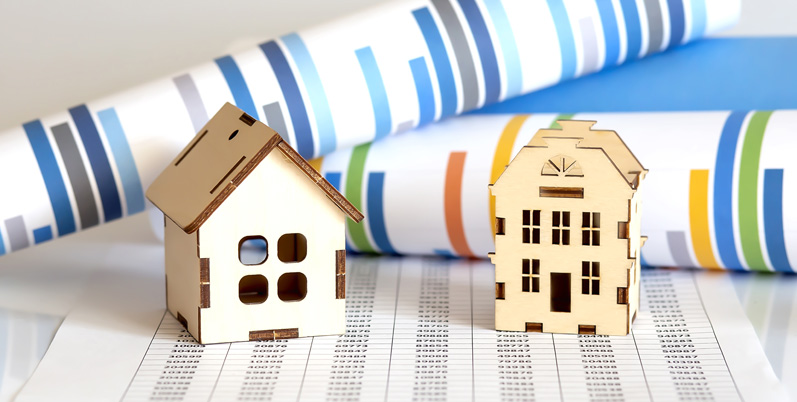Buying an investment property is a well-worn road to riches for many Australians. Despite a few ups and downs residential housing has delivered strong returns over many years, and experts predict property prices will continue to rise in the foreseeable future.
The key driver of this growth is record low interest rates. On the one hand they make it cheaper to borrow. On the other hand they reduce the interest rates on bank accounts. With banks offering a very low return on deposit accounts, the potentially higher yields available on a rental property are attractive to many investors. On top of that, the current high level of household savings means there is more money chasing that higher yield.
With low interest rates expected to be the norm for some years yet, and with it unlikely that there will be any changes to negative gearing or capital gains tax discounts any time soon, now may be an opportune time to buy an investment property.
Of course, in entering the market now you’ll be looking for price growth to continue beyond the next couple of years. The long-term driver of property price growth is the balance between supply and demand. Australia is a high population growth country, largely driven by immigration. In normal times that sees a need for around 180,000 new homes per year, so strong demand for housing is likely to persist far into the future.
What and where?
Having decided to invest in residential property the big questions are ‘what?’ and ‘where?’ The market for apartments and units often behaves quite differently to the market for stand-alone houses. Then there’s the all-important ‘location, location, location’. The inner city, middle suburbs and regional towns all have their own price drivers. Of course, you’ll want to invest in areas with the greatest potential for capital growth, but just as with any investment this can be hard to predict. Past performance isn’t always a good predictor of future gains so it’s important to do your own research. Take care when using historical data comparing the performance of different suburbs, particularly when a small number of sales are involved. The homes that sold in a given suburb this year may be quite different to the homes sold in the same suburb last year.
Food for thought
While interest rates are expected to stay low for some time, eventually they will rise again. Will you be able to absorb any increase? Remember that a jump from 2% to 3% interest is relatively much larger than going from 5% to 6%. Even small increases from a low base can have a big impact on loan affordability.
Don’t forget other expenses that will affect the net yield on your property investment. These include agent’s or property manager’s fees (if you use one). The need for repairs will inevitably arise, so set aside some of each rent payment to help ensure funds for repairs are available when needed. And make sure you have the right landlords’ insurance. Standard house insurance policies don’t provide the necessary cover.
Buying an investment property is a big step for most people, but drawn by low interest rates and the tangibility of ‘bricks and mortar’ it’s a step being taken by more and more investors. If it’s an option you would like to explore, your financial planner can help you work out if it’s the right move for you.

